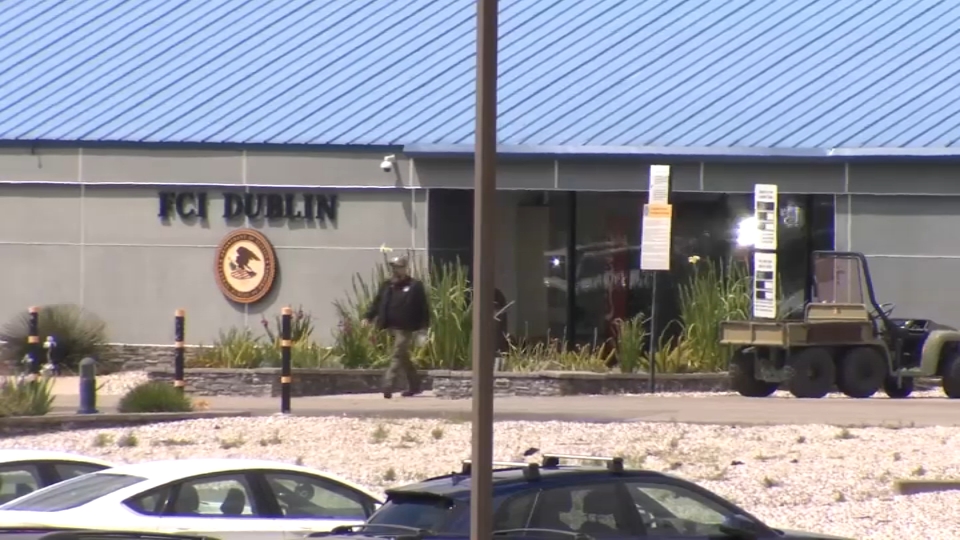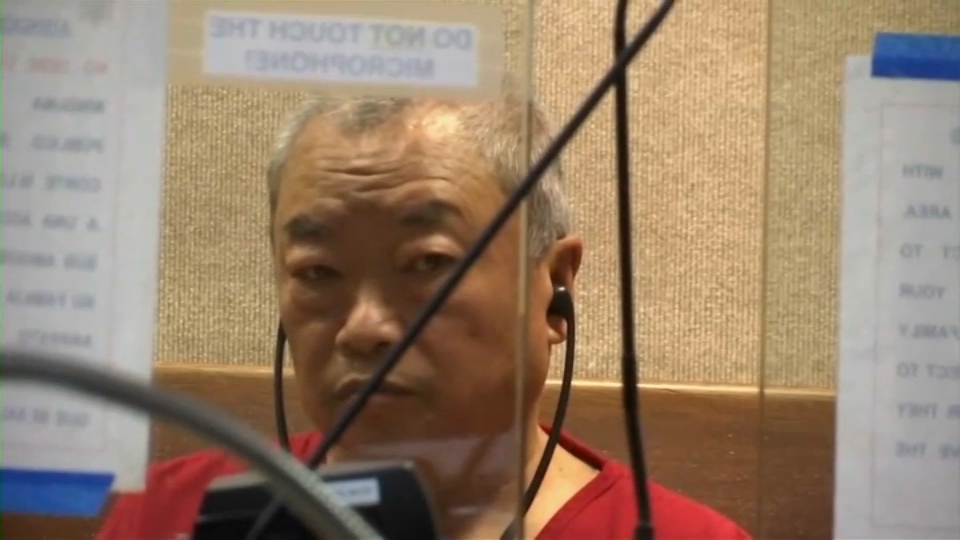When someone is suspected of drunk driving, a breathalyzer can accurately determine the amount of alcohol in the person's bloodstream in just a few seconds. The handheld device is widely credited with saving lives by culling intoxicated people from roadways.
But no such device is readily available for marijuana, a thorn in the side of police officers who instead rely on observable symptoms to determine if a person is under the influence during a traffic stop. As a result, the roadside test for pot use is prone to human error — an issue of increasing importance as more impaired drivers hit the road in the wake of pot's legalization in California and other states.
Enter Hound Labs, an Oakland-based startup developing a new type of breathalyzer that the company says can tell if someone is high at the moment of testing. The nascent business is one of several companies and research institutions working to develop the technology.
Hound Labs said its device works by measuring THC — tetrahydrocannabinol, the psychoactive ingredient in cannabis — in someone’s breath, which lingers for up to two hours after smoking.
The third prototype of the device is still undergoing testing, but manufacturers hope it will be available commercially as soon as the second quarter of 2018. The first clinical trials of the breathalyzer started in May at Zuckerberg San Francisco General Hospital and are being led by researchers at the University of California, San Francisco.
The small device is designed to work much like a breathalyzer that measures blood alcohol content. A person blows into the device's mouthpiece, and, in just a few minutes, an electronic display will appear with a readout of THC detected in the breath, measured in parts per trillion.
Proponents of the device say it'll soon be a ready-to-use alternative to blood tests and cheek swabs, which are incapable of accurately assessing whether someone is stoned in real-time due to the varying durations that marijuana stays in a person's system.
Local
Mike Lynn, an emergency room doctor and a reserve deputy sheriff for Alameda County, told NBC Bay Area he founded Hound Labs after seeing the victims of grisly DUI crashes. He touts the breathalyzer, which has taken more than three years to develop, as something that could “save lives.”
"We figured it out and we can now measure just a few particles of THC,” Lynn said. “It’d be like measuring a few drops of water in a hundred swimming pools put together."
It's also poised to be a boon for whichever company pioneers the leading technology. If the Hound Labs device hits the marketplace this year, police departments and marijuana users alike will be able to buy a single device for anywhere between $500 and $1,000.
Retired California Highway Patrol Commissioner Spike Helmick, who advises Hound Labs, said he believes a marijuana breathalyzer could help with future DUI prosecutions.
“We’ll use this information in court the same way as we did in the early days of alcohol breathalyzers: as one more piece of data that can help juries and judges,” he said.
The startup is also researching how much marijuana it takes to impair someone’s ability to drive, similar to the .08 blood alcohol threshold for drunk drivers. That job is ultimately left to the state to determine, though Lynn believes the data from the device could help pave the way for future legislation.
“The current tools that are out there — blood tests, urine tests, saliva tests — those don’t tell you whether someone’s impaired,” Lynn said. “They just tell you whether someone has marijuana in their body. No one knows the exact window of impairment for marijuana use, and that’s what we’re helping with.”
To test out the marijuana breathalyzer, Lynn said Hound Labs has conducted hundreds of tests, even going so far as to recruit drivers to smoke weed and drive through an enclosed, monitored test track.
“We found that on the driving course, even if they smoked a small amount they were stoned almost immediately,” Lynn said.
Hound Labs will continue to test the device in the coming months, hoping to meet its production goal for 2018. This company had previously tried to get the device on the market in both 2016 and 2017.
Meanwhile, Lynn will keep lecturing against the dangers of smoking pot and getting behind the wheel.
“There is no such thing as buzzed driving,” he said. “Buzzed driving is impaired driving. As an ER doctor for practically two decades at a trauma hospital, I can tell you that every single injury or death due to intoxicated driving is preventable.”



